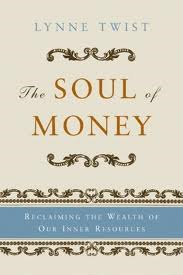Philanthrocapitalists – a new breed
 According to the authors of our current Page to Practice™book summary, Philanthrocapitalism: How Giving Can Save the World, a new breed of philanthropists like Warren Buffet and Bill Gates are leading this revival and reinvention of an old tradition that has its roots in the Andrew Carnegie era – and which has the potential to solve many of the biggest problems facing society today herunterladen. This book examines this new movement and its implications, and shows how a new group of wealthy, motivated donors has set out to change the world.
According to the authors of our current Page to Practice™book summary, Philanthrocapitalism: How Giving Can Save the World, a new breed of philanthropists like Warren Buffet and Bill Gates are leading this revival and reinvention of an old tradition that has its roots in the Andrew Carnegie era – and which has the potential to solve many of the biggest problems facing society today herunterladen. This book examines this new movement and its implications, and shows how a new group of wealthy, motivated donors has set out to change the world.
I had the good fortune of catching a rare interview of Melinda Gates and found myself awestruck by the impact her foundation work was having on the various issues they’ve chosen to focus on outlook messages automatically. It was thrilling to hear their current and future plans to wipe out some of the long-standing problems we face in our global community. This book explores how the generosity of the Melindas, Bills and Warrens of the world can change the face of our societal issues and how we can cooperate in the nonprofit trenches stickmotive kostenlosen.
Philanthrocapitalism will have huge implications for the nonprofit sector, as well as the world. Giving may well replace government spending as the greatest force behind societal change, especially as governments continue to make budget cuts to social programs. In addition, more and more people are realizing that government can’t solve big global problems alone. Philanthrocapitalists have a certain freedom to do the risky, innovative things that government can’t, and to find new solutions to problems. They can bring together business, nonprofits, governments, social entrepreneurs and philanthropists in innovative partnerships. Giving has a crucial role to play, and nonprofits need to tap into this new trend to make the changes they seek.
Don’t forget to follow us on Twitter, Facebook and CausePlanet for more information about nonprofit leadership and Philanthrocaptialism.










